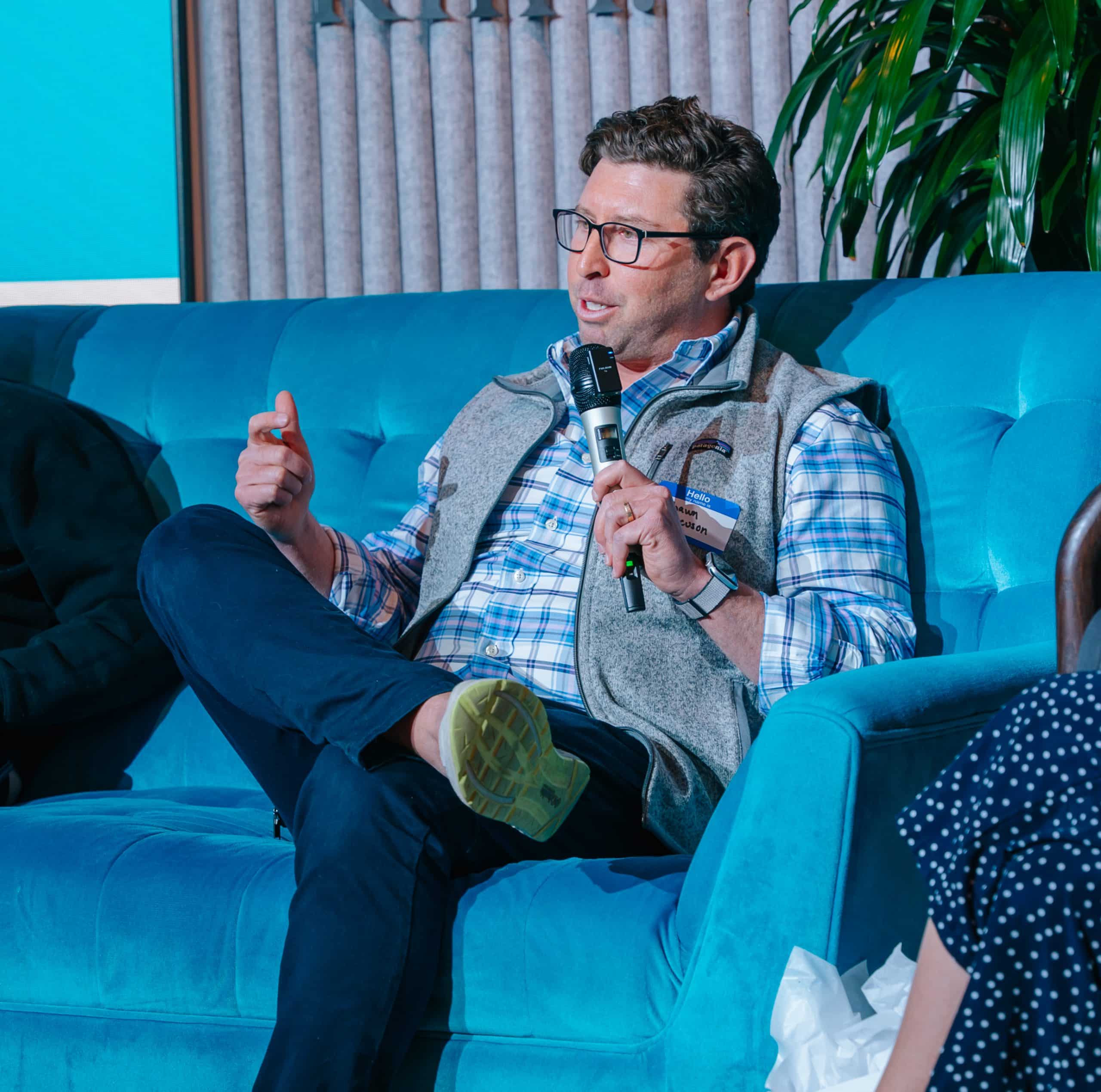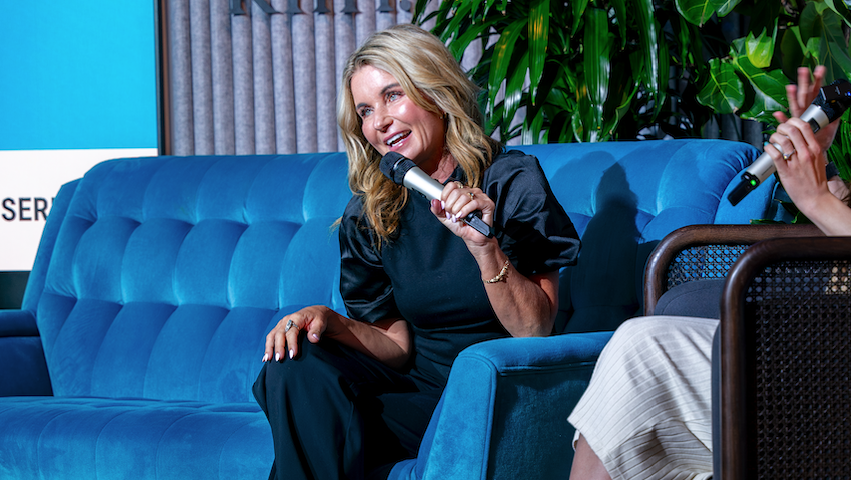Meet Shawn Bercuson, Founder & General Partner of BullVC, who took center stage as the Featured Founder at May’s RevRoad University. Here are four lessons we learned from Shawn at the event:
1. The Relationship Between Success and Luck
Through Shawn’s entrepreneurial experiences, he has learned that you need to have the right idea at the right time.
“I’ve seen really great ideas and good teams fail because the time was wrong; and I’ve seen really bad teams and bad products succeed because the time was right.”
Shawn claims that he and the founding team at Groupon became the fastest-growing company ever partially because their timing was right. In 2008, there was little focus on small businesses. This allowed them to directly contact the decision-makers of small businesses, a task that would be much more difficult today.
“I don’t think we were any different than any other scrappy startup, aside from the fact that we were just really lucky and had the right idea at the right place and right time.”
On the flip side, when Shawn later launched a video analytics platform, known as Prescreen, he suffered from poor timing. Though a promising idea, the venture failed to build meaningful traction demonstrating that even the most promising startups can fail if the market isn’t ready.
2. Walk a Mile in Their Shoes
Entrepreneurs often overlook the challenges that venture capitalists in raising their own funds.
“When I was raising, what I quickly realized as an entrepreneur is that I have to put myself in their shoes. What are they looking for? How is their portfolio constructed? What are they missing? What are they focusing on? Even though they invested in a company in a similar space and maybe it’s fintech—well, maybe they don’t want another fintech company. Maybe they have to balance that out with cybersecurity.”
He follows this same principle as a general partner at a venture firm pitching to big family offices, endowments, and institutions. Do your research beforehand to see if there may be a potential fit, or if the conversation would be a waste of time for both parties.
Time is a limited resource. And if I’m talking to them for an hour, I’m not talking to somebody else for an hour.
Understand what the investors seated at the other side of the table are thinking and looking for before requesting a meeting. Be smart about who you are talking to and how you position your company.

3. Competing for VC dollars in a Crowded Market
“You’re not competing against all your individual competitors in the space. You’re competing against everybody else who wants to raise capital and is talking to these same [investors].”
Shawn estimates that even small boutique VC firms are meeting with approximately 400 companies a year and only investing in 6-8 per year—that’s just over 1%. He advises entrepreneurs to keep this in mind when building their pitch deck to strategically position their companies to stand out from the crowd.
4. What Investors Are Looking For
As in most things—it depends.
In early-stage companies, investors want to see capital efficiency, profitability, and really big markets. In late-stage companies, the focus is profitability, gross margins, and a proven track record of growth.
In years past, companies may have spent $0.80 to earn $1, and that was acceptable because they were growing a strong user base. Venture Capital dollars would be spent to subsidize those costs and help scale. Shawn reckons that we won’t be seeing that type of allocation in today’s VC environment.
“The good news is we have a lot more resources at our disposal that reduce costs. There’re all these tools available to us as startups so that we can be more capital efficient. And I think that investors want to see that those companies are utilizing those tools”.
—
RevRoad University is a monthly lunch & learn event for entrepreneurs. Enjoy a short training on the best practices for your business. Then, hear from a Featured Founder on the ups, downs, & lessons they have learned throughout their entrepreneurial journey. Join us online at youtube.com/revroad or in person at 412 W River’s Edge Dr., Provo, UT 84604 (RevRoad HQ).


